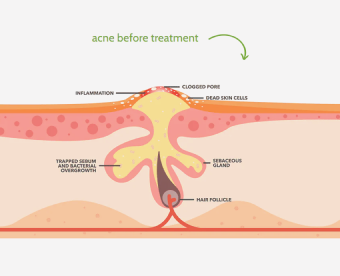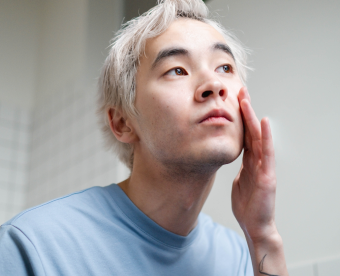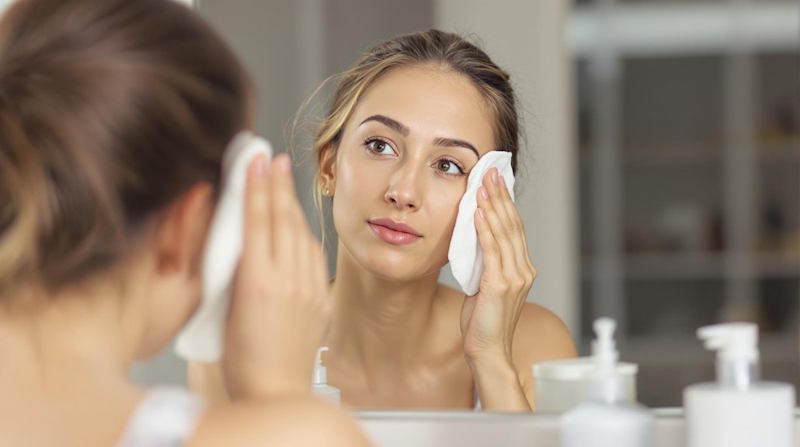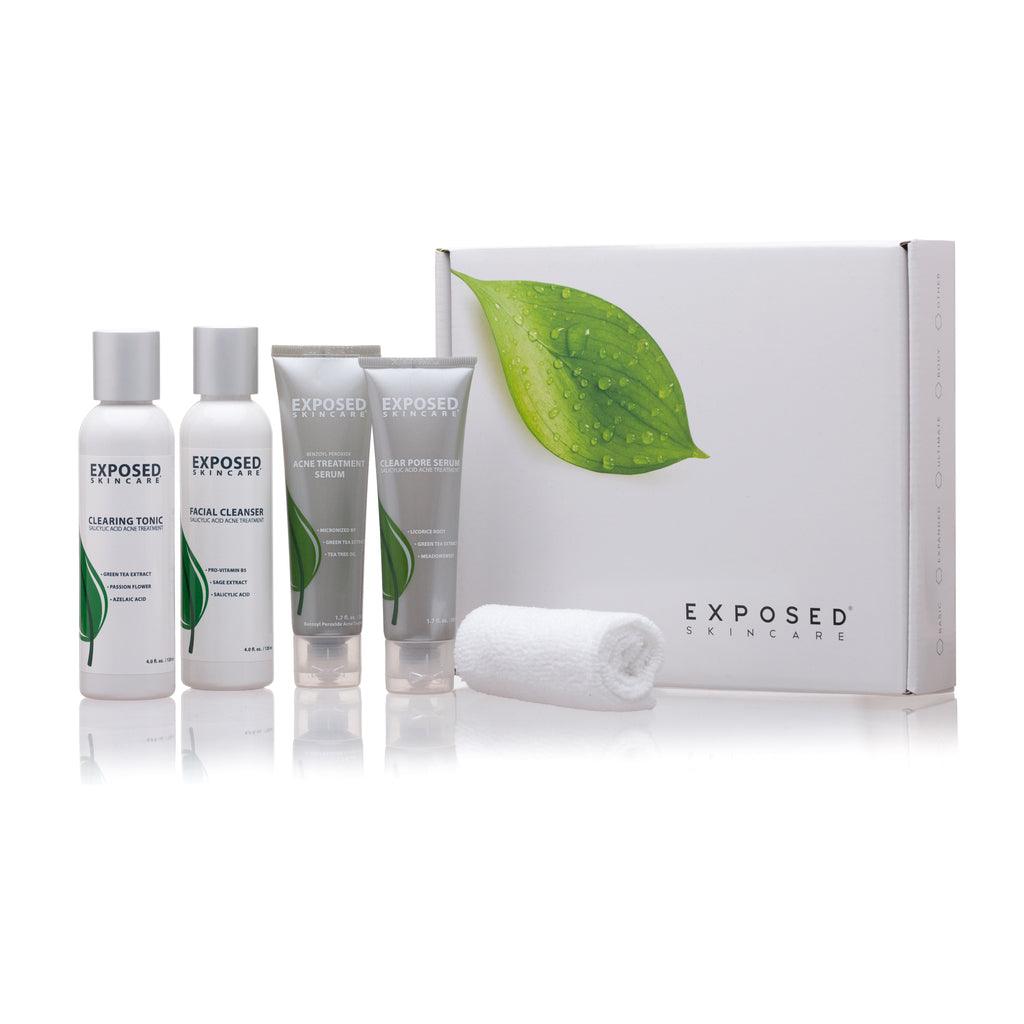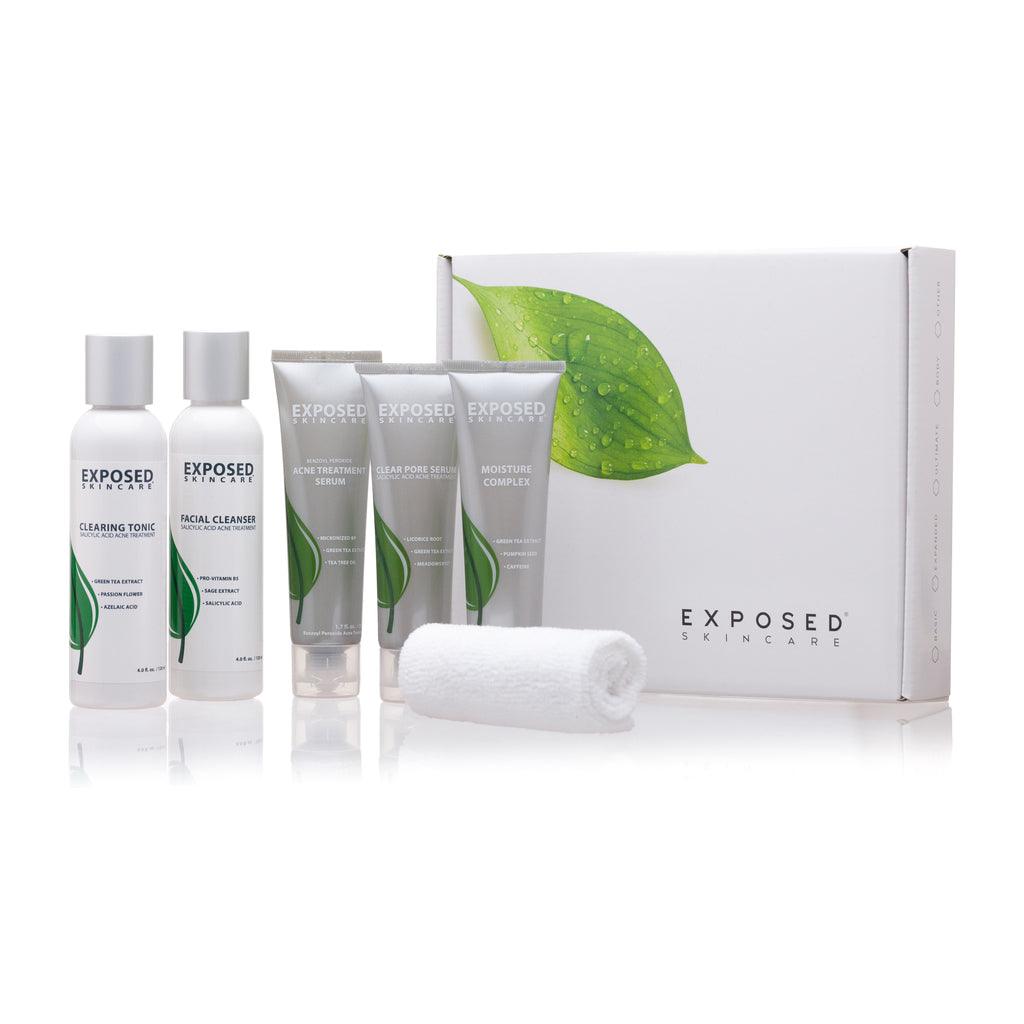Are you tired of dealing with unsightly acne on your thighs? You're not alone. Acne on thighs is a common skin condition that affects many individuals, causing discomfort and self-consciousness.
Fortunately, there are several ways to combat this pesky problem. In this comprehensive guide, we'll explore the causes, treatments, and prevention strategies for thigh acne, helping you to achieve the clear and healthy skin you desire.
Also read: How to choose the best acne treatment
Biggest Take-Aways:
-
Acne on the thighs can result from friction, hormonal imbalances, or bacterial/fungal infections affecting hair follicles.
-
Effective treatments include topical creams, antibiotics, and lifestyle changes to reduce friction and maintain proper hygiene.
-
Prevention strategies involve wearing breathable fabrics, adopting a consistent skincare routine, and using the right body wash.
-
The Exposed Body Acne Kit is a product line designed to target body acne, including acne on thighs, with a combination of body wash, acne treatment serum, and a derm-x cloth for exfoliation and cleansing.

Unraveling the Causes of Acne on Thighs
Understanding the root causes of acne on the thighs can help you develop a targeted approach to treating and preventing it. Some of the most common reasons include:
Friction
Friction from tight clothing, rubbing against surfaces, or excessive sweating can contribute to the development of acne on the thighs.
Folliculitis
Inflammation of the hair follicles, known as folliculitis, is another common cause of thigh acne. This can result from bacterial, fungal, or viral infections and irritation from shaving or waxing.
Hormonal Imbalances
Hormonal fluctuations, such as those experienced during puberty, menstruation, or pregnancy, can lead to the development of acne on the thighs and other parts of the body.
Effective Treatments for Acne on Thighs
Once you've identified the cause of your thigh acne, it's time to explore the various treatment options available:
Topical Treatments
Over-the-counter creams and gels containing ingredients like benzoyl peroxide, salicylic acid, or glycolic acid can help reduce inflammation and unclog pores.
Antibiotics
For more severe cases of acne on the thighs, a healthcare provider may prescribe oral or topical antibiotics to help combat bacterial infections and reduce inflammation.
Lifestyle Changes
Adopting better hygiene practices, wearing loose-fitting clothing, and keeping the affected area clean and dry can significantly help prevent and treat thigh acne.

Prevention Strategies for Acne on Thighs
To keep acne on the thighs at bay, consider the following preventative measures:
-
Choose breathable, moisture-wicking fabrics to reduce friction and sweat.
-
Maintain a consistent skincare routine, including regular exfoliation and moisturizing.
-
Avoid using harsh soaps or scrubs that can irritate the skin.
-
Shave with care, using a fresh razor and proper technique to minimize irritation.
Types of Acne on Thighs and Related Conditions
There are several types of acne and related conditions that can affect the thighs. Understanding these conditions can help you identify and treat them more effectively.
Acne Vulgaris
Acne vulgaris is the most common form of body acne, including thigh pimples. It is characterized by clogged hair follicles due to a buildup of dead skin cells, excess oil from the oil gland, and bacteria
Fungal Infection
Fungal infections can cause acne-like red bumps on the inner thighs. These infections are often caused by Candida or other yeasts and can be distinguished from bacterial infections by their appearance and location.
Ingrown Hairs
Ingrown hairs, particularly on the inner thighs, can cause bumps that resemble acne. This occurs when hair grows back into the skin instead of up and out of the follicle, resulting in inflammation and sometimes infection.
Acne Mechanica
Acne mechanica is a type of acne caused by heat, pressure, or friction on the skin. This can commonly occur on the thighs due to tight clothing or prolonged sitting and is often associated with leg pimples.
How to Choose the Right Body Wash for Thigh Acne
Selecting the right body wash is essential for treating and preventing acne on the thighs. Look for products specifically designed for acne-prone skin that can help remove excess oil, bacteria, and dead skin cells. Insert this section after the "Prevention Strategies for Acne on Thighs" section.
-
Opt for a body wash with salicylic acid or benzoyl peroxide to help unclog pores and reduce inflammation.
-
Choose a wash with tea tree oil or other antibacterial and antifungal ingredients to help combat skin infections.
-
Avoid harsh soaps and fragrances that can irritate the skin and worsen acne.
-
Consider using a gentle exfoliating wash to help remove dead skin cells and prevent ingrown hairs.
Exposed Skin Care's Body Acne Kit meets all the above criteria and effectively eliminates thigh pimples and any other type of body acne.
When to See a Dermatologist for Acne on Thighs
If you're struggling with severe acne on your thighs that doesn't respond to over-the-counter treatments or lifestyle changes, it's essential to consult with a dermatologist. They can assess your condition and recommend the most appropriate treatments, such as prescription medications or more targeted therapies.
Signs that it's time to see a dermatologist for thigh acne include:
-
Persistent or worsening acne despite trying various treatments.
-
Severe acne that causes pain, scarring, or dark spots.
-
A suspected bacterial or fungal skin infection that requires professional diagnosis and treatment.
-
Acne that is negatively impacting your self-esteem or quality of life.
Conclusion
Dealing with acne on the thighs can be a frustrating and embarrassing experience, but understanding the causes and treatments can make a significant difference in achieving clear and healthy skin. Identifying the root of the problem, whether it's due to friction, hormonal imbalances, bacterial or fungal infections, or hair follicle inflammation, is crucial for finding the most effective solution.
Adopting a targeted approach to treating pimples can minimize irritated skin and prevent further outbreaks. Choosing the right skincare products and body wash is essential, maintaining proper hygiene and making lifestyle adjustments to reduce friction and sweating. In some cases, thigh bumps may be due to other conditions, such as keratosis pilaris, which may require different treatment methods.
Remember that patience and consistency are vital when treating acne on the thighs. If your condition doesn't improve or worsen despite your efforts, don't hesitate to consult with a dermatologist for professional advice and targeted therapies. Ultimately, by addressing the underlying causes and implementing preventative measures, you can banish those unsightly thigh blemishes and regain confidence.
Frequently Asked Questions (FAQs)
Can diet affect acne on thighs?
While the relationship between diet and acne is still debated, some studies suggest that a high-glycemic diet, dairy products, and excessive sugar consumption can contribute to acne formation.
Adopting a balanced diet with plenty of fruits, vegetables, and whole grains may help improve your overall skin health.
Is it safe to pop or squeeze acne on the thighs?
It's generally not recommended to pop or squeeze acne, as it can lead to scarring, infection, or worsening of the blemish. If you must remove a pimple, consult a dermatologist for a safe and effective extraction method.
Can exercise cause acne on the thighs?
While the exercise itself does not cause acne, sweating and friction from tight workout clothing can contribute to the development of acne on the thighs.
To minimize the risk, wear breathable, moisture-wicking fabrics and shower immediately after exercising to keep your skin clean and free of sweat and bacteria.
How long does acne on the thighs take to clear up?
The duration of acne on the thighs can vary depending on the severity, cause, and treatment methods employed. With proper treatment and care, most cases of thigh acne will improve within a few weeks to a few months. Patience and consistency are key to seeing results.
Can I use the same acne treatments on my thighs as on my face?
While some topical treatments for facial acne may also be effective for acne on thighs, it's essential to consider the differences in skin thickness and sensitivity between these areas.

